CS Unplugged: Image Representation - Colour by Numbers
Use the Colour by Numbers offline activity to explore how a B&W image is made up of pixels, shown as black or white dots which are represented by either a 1 or 0. Using a 0 or 1 to represent a white or black square students create an image on a grid. They supply the coded message for someone else to recreate. Support your teaching and learning with video clips and other related resources.
Additional details
| Year band(s) | Foundation, 1-2, 3-4, 5-6, 7-8 |
|---|---|
| Format | Web page |
| Core and overarching concepts | Data representation |
| Australian Curriculum Digital Technologies code(s) |
AC9TDIFK02
Represent data as objects, pictures and symbols
AC9TDI2K02
Represent data as pictures, symbols, numbers and words
AC9TDI4K03
Recognise different types of data and explore how the same data can be represented differently depending on the purpose
AC9TDI6K04
Explore how data can be represented by off and on states (zeros and ones in binary)
AC9TDI8K03
Investigate how digital systems represent text, image and audio data using integers
AC9TDI8K04
Explain how and why digital systems represent integers in binary |
| Keywords | Data representation, Image Representation, Pixels, Binary |
| Organisation | University of Canterbury, New Zealand |
| Copyright | Creative Commons BY-NC-SA 4.0 |
Related resources
-
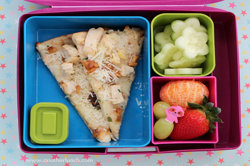
Acquiring data and representation: What’s in your lunchbox?
The type of fruits and vegetables in school lunchboxes or those eaten at crunch and sip or fruit break time can provide a good source of data for a classroom investigation.
-

Classroom ideas F-10: Aboriginal and Torres Strait Islander connections to Digital Technologies
This resource provides examples of ways Aboriginal and Torres Strait Islander Histories and Cultures can be integrated into Digital Technologies. Examples include 'classification and sorting data' and 'designing solutions'.
-
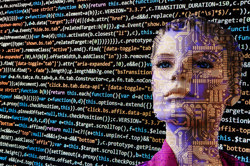
Robots, data and computational thinking (Years 2-4)
This classroom resource comprises four worksheets to accompany a lesson on data and computational thinking. These materials are designed for teachers to use simple line-following robots (Ozobots) to engage students in the computational thinking process and working with data.
-
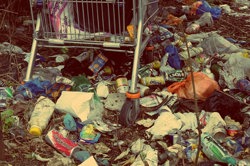
Collecting data about litter in the community (Years 3-4)
The litter students find in the local environment can provide a good source of data. The interpretation of this data can help students answer a range of inquiry questions.
-
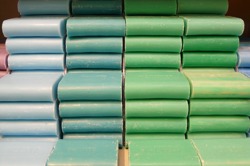
Data interpretation: organise data by classifying, grouping and sorting objects
To sort and classify familiar objects, students use computational thinking skills to organise data in a logical way.
-
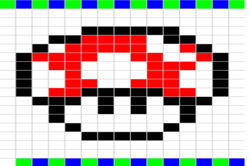
Pixels and binary digits assessment
Students are given a bitmap image made up of coloured pixels.
-
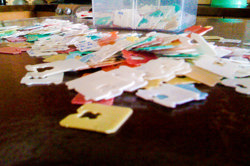
Exploring patterns and data with bread tags and plastic lids (Years 1-2)
In Digital Technologies, manipulatives/ concrete materials/ loose parts such as bread tags and lids can be used to learn more about data.
